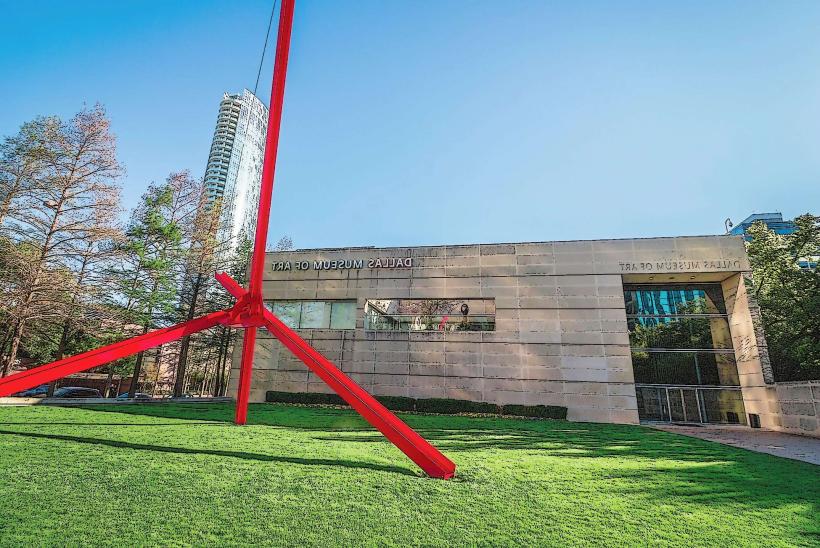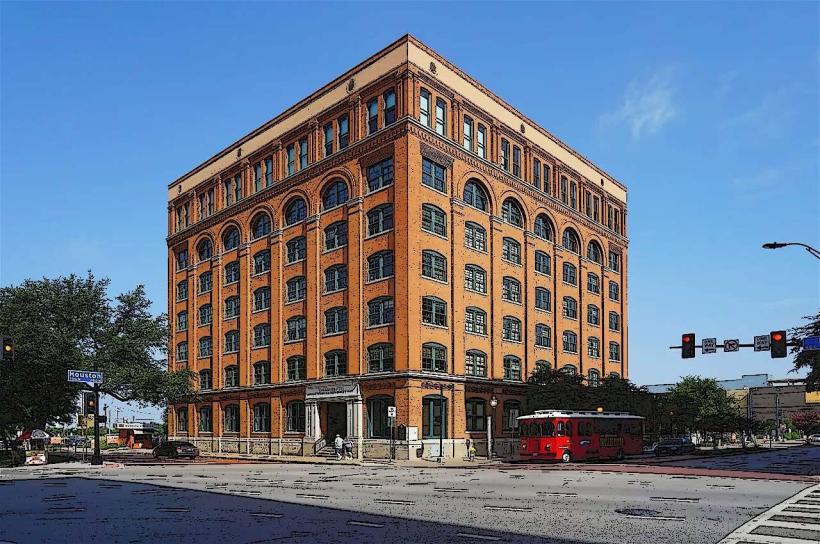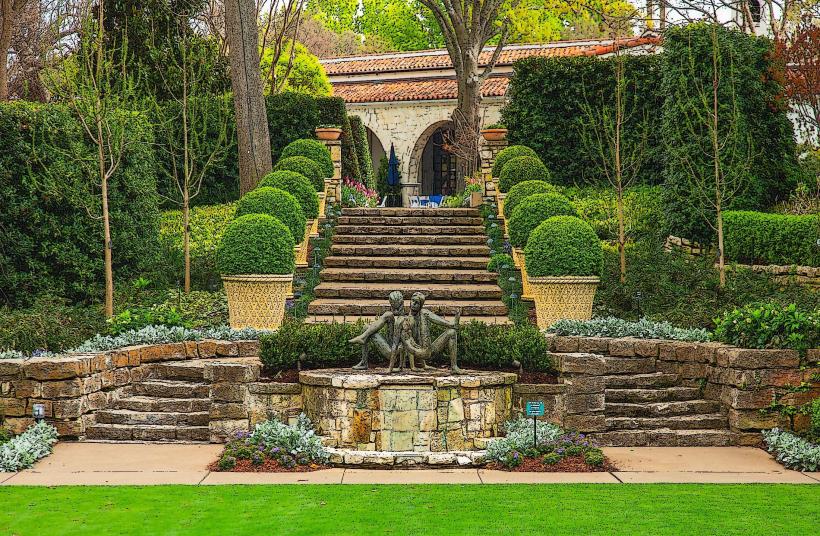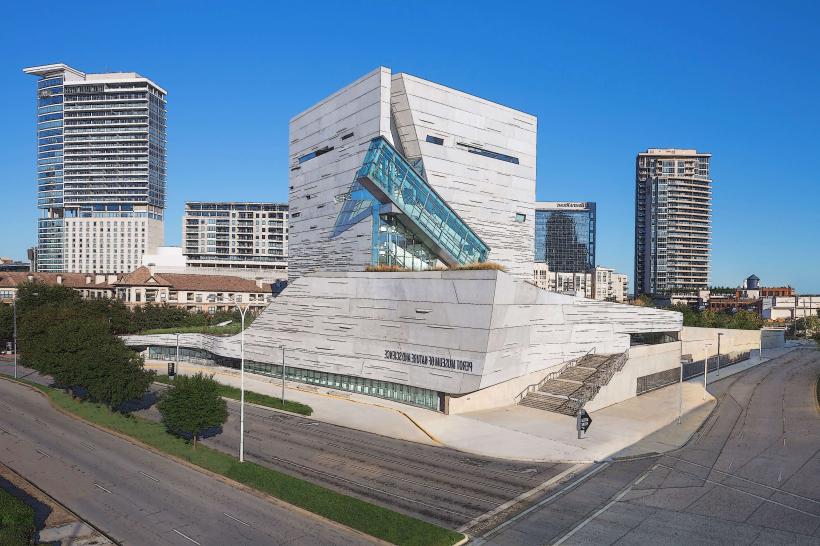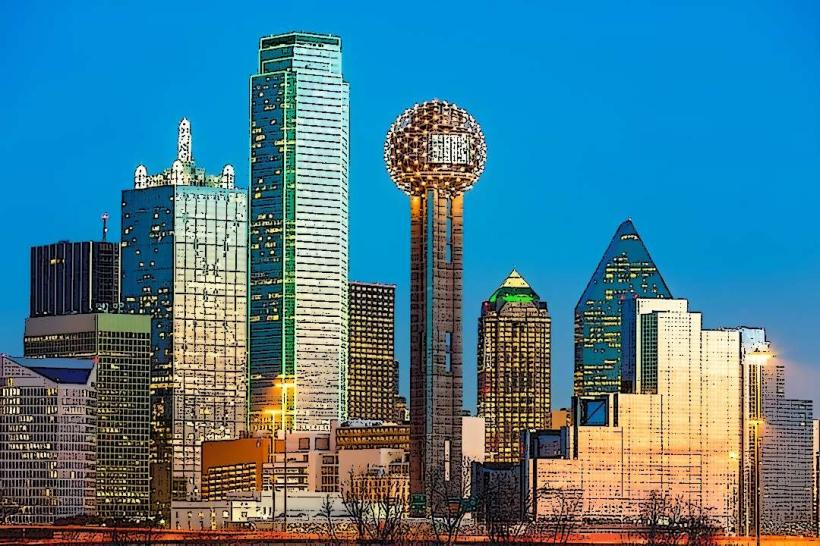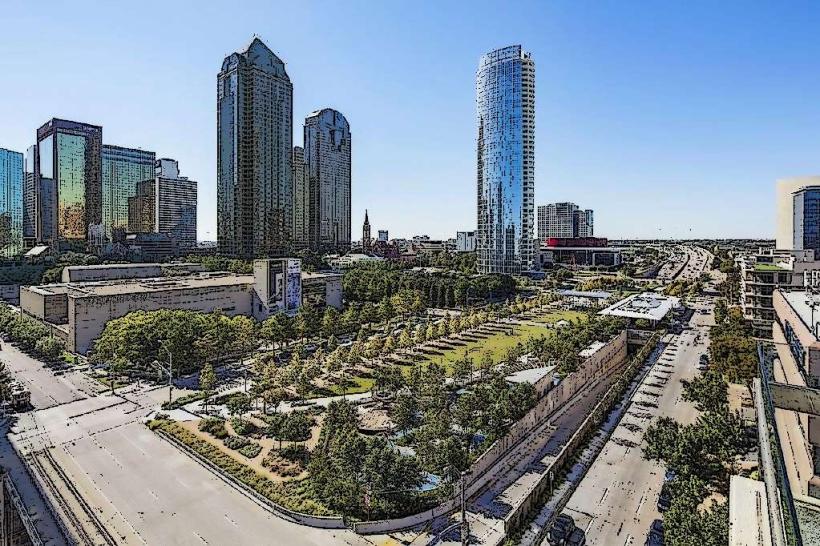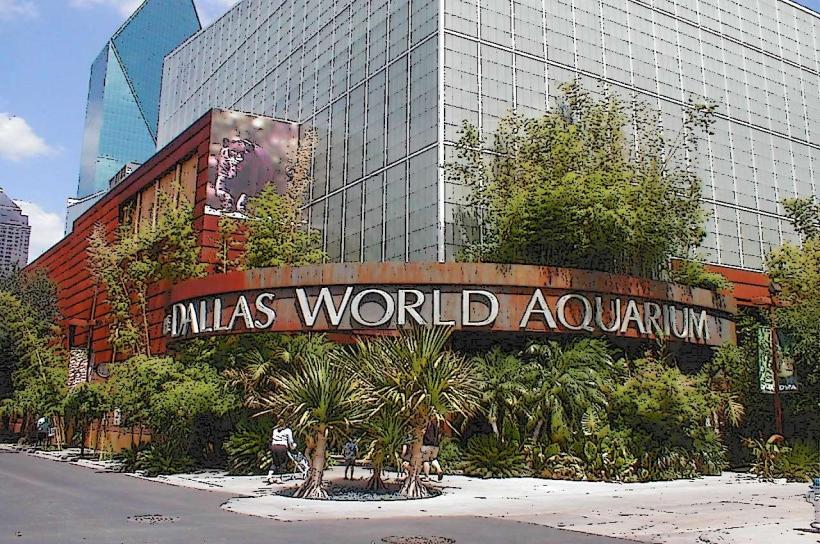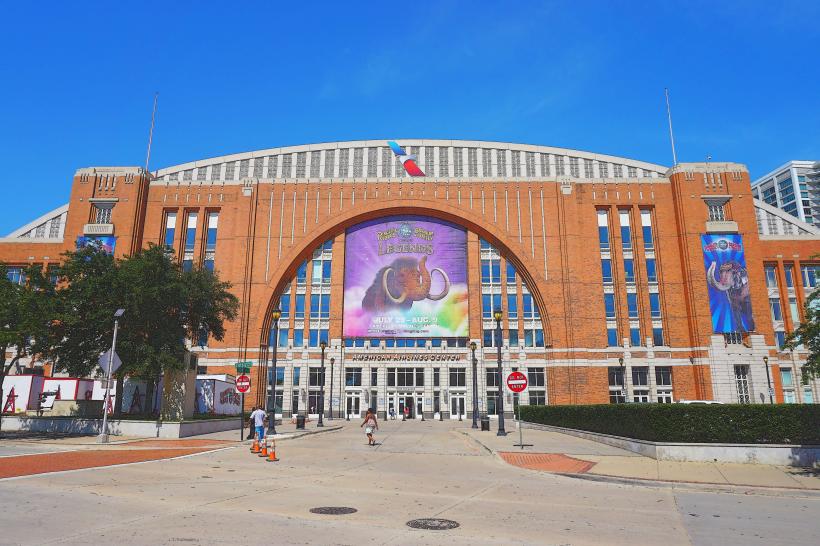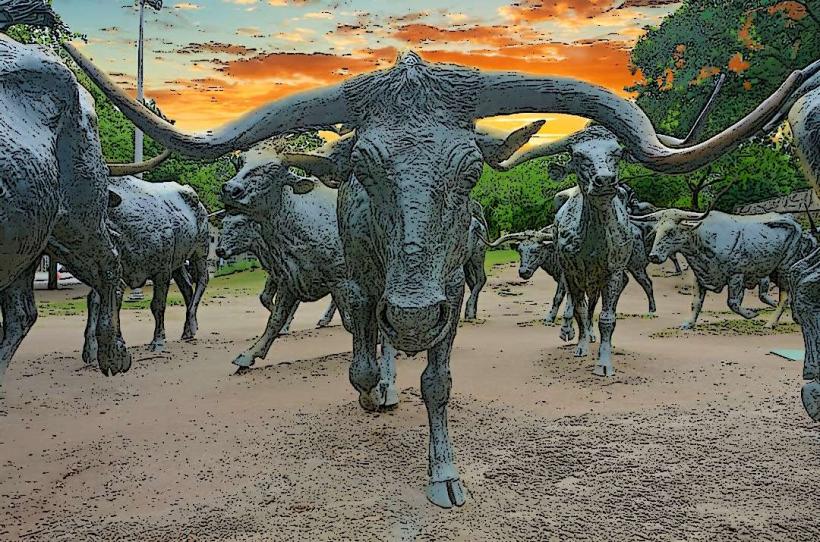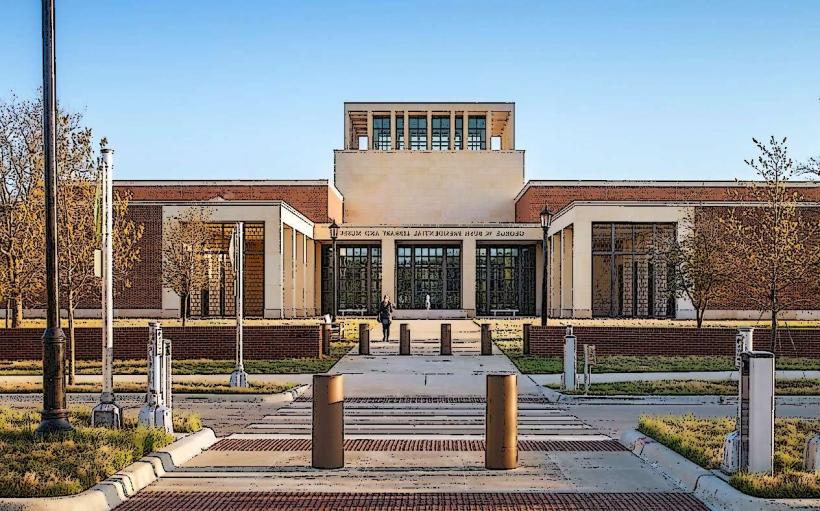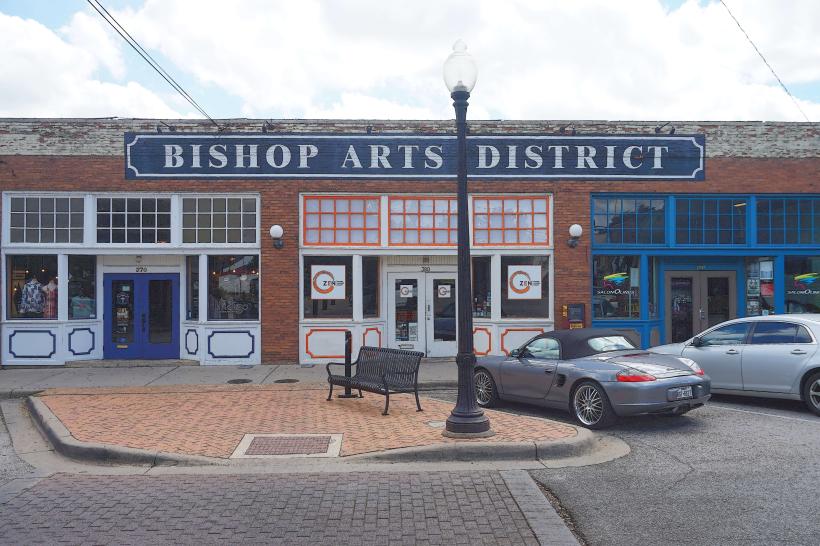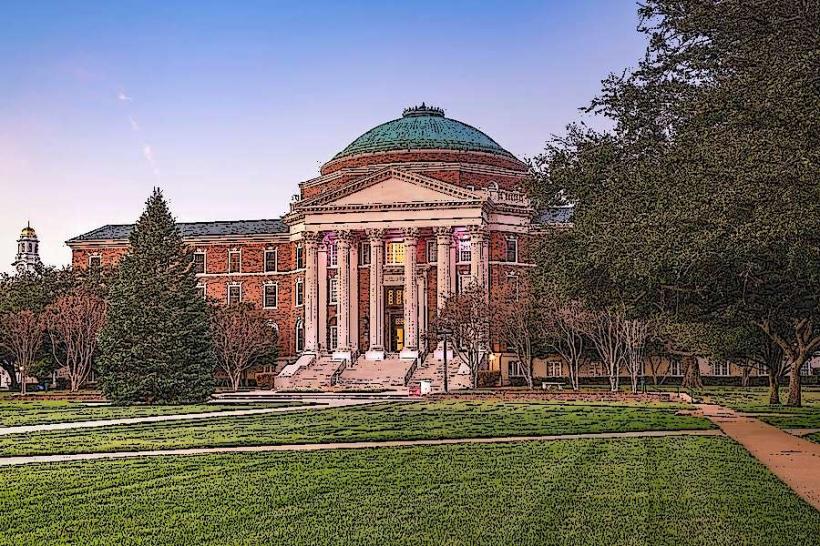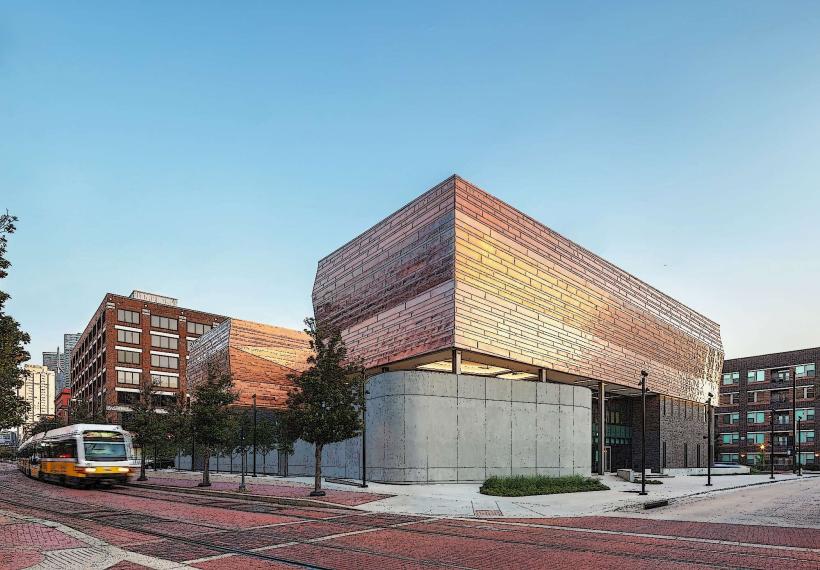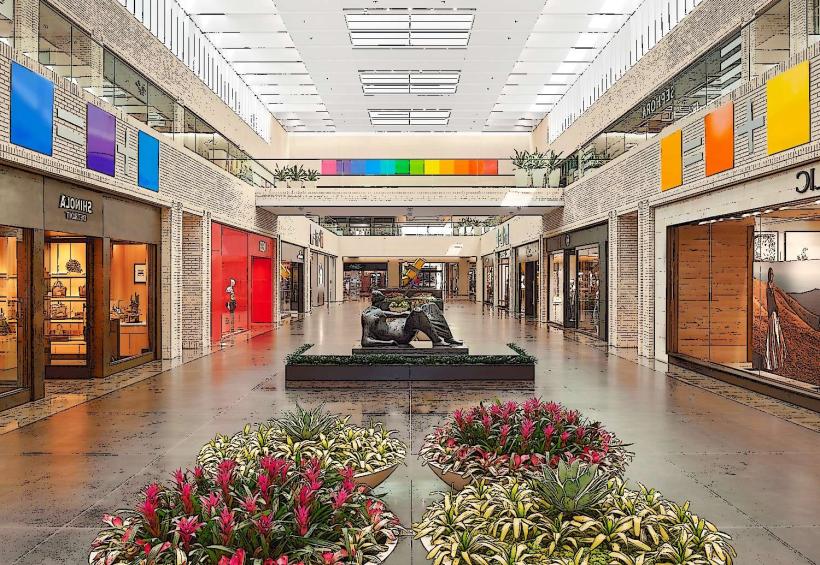Information
Landmark: Fair ParkCity: Dallas
Country: USA Texas
Continent: North America
Fair Park, Dallas, USA Texas, North America
Fair Park – Detailed Overview
Fair Park is a historically rich and culturally significant 277-acre complex located just east of downtown Dallas, Texas. It is one of the city's most prominent landmarks and is best known for hosting the State Fair of Texas, housing an extraordinary collection of Art Deco architecture, and serving as a central hub for museums, theaters, sports, and public events.
Historical Background
Founding and Early Years (1886 - 1936):
Fair Park was originally established in 1886 as the home of the Dallas State Fair.
Over the next few decades, the grounds evolved with the addition of buildings and amenities designed for exhibitions, livestock shows, and public gatherings.
Its importance escalated significantly in 1936, when it hosted the Texas Centennial Exposition, celebrating 100 years of Texas independence from Mexico.
For the Centennial, the park was extensively redesigned in the Art Deco style, with buildings constructed by leading architects of the day, including George Dahl and Paul Cret.
Preservation and Recognition:
In 1986, Fair Park was designated a National Historic Landmark, recognizing its unmatched collection of Art Deco structures and its historical importance.
Despite urban pressures, Fair Park remains the only largely intact pre-1950s world's fair site in the United States.
Key Attractions and Venues
State Fair of Texas:
Held annually for over a century, usually from late September through mid-October.
It is one of the largest and longest-running fairs in the country, drawing more than 2 million visitors each year.
The fair features livestock shows, college football games, amusement rides, food competitions, musical acts, and more.
Big Tex, a 55-foot-tall cowboy figure, is an iconic symbol of the fair and greets visitors at the main entrance.
Cotton Bowl Stadium:
Built in 1930 and originally called Fair Park Stadium.
It has been home to numerous college and professional football teams, including the Dallas Cowboys and SMU Mustangs.
Historically hosted the Red River Showdown between the University of Texas and University of Oklahoma, one of college football’s most storied rivalries.
Over the years, it has also served as a venue for World Cup soccer, concerts, and other large-scale events.
Capacity: approximately 91,000.
Music Hall at Fair Park:
Opened in 1925, featuring ornate Spanish Baroque architecture.
Serves as the main venue for Broadway Dallas (formerly Dallas Summer Musicals).
Seats around 3,400 people and has hosted a wide range of theatrical productions, ballets, and symphonies.
African American Museum of Dallas:
Founded in the 1970s and moved into its current building in 1993.
It is the only museum in the Southwestern U.S. devoted to the preservation and display of African American artistic, cultural, and historical materials.
Collections include African American fine art, historical artifacts, and documents, as well as a growing emphasis on the role of Black Texans in history—particularly Black cowboys.
Children’s Aquarium at Fair Park:
Originally built in 1936 for the Centennial Exposition and underwent extensive renovations in 2010.
Designed for younger audiences with interactive exhibits.
Features freshwater and saltwater habitats, including stingrays, sharks, and turtles.
Closed in 2020 during the COVID-19 pandemic but reopened in 2021 under new management.
Texas Discovery Gardens:
A 7.5-acre organic garden and educational center.
Includes a Rosine Smith Sammons Butterfly House and Insectarium, where visitors can walk among hundreds of free-flying tropical butterflies.
The garden showcases native and adapted plants suitable for North Texas and supports conservation efforts.
Dos Equis Pavilion (formerly Starplex Amphitheater):
Open-air music venue with a covered pavilion and lawn seating.
Opened in 1988 with a capacity of around 20,000.
Hosts national and international music acts spanning rock, country, hip-hop, and pop genres.
Hall of State:
Constructed in 1936 as the centerpiece of the Texas Centennial Exposition.
A grand Art Deco building that celebrates Texas heritage through murals, sculpture, and exhibits.
Managed by the Dallas Historical Society, it is frequently used for exhibitions and private events.
Texas Star Ferris Wheel:
Built in 1985, it was the tallest Ferris wheel in North America until 2013.
It reaches 216 feet (66 m) and is a prominent feature of the State Fair.
Offers panoramic views of the city and surrounding fairgrounds.
Revitalization and Modern Developments
Recent Investments and Projects:
In 2023, the Dallas City Council approved a $223 million bond package to improve Fair Park infrastructure.
Planned upgrades include:
Renovations to the Cotton Bowl and Music Hall.
Upgraded roads, utilities, and public restrooms.
Enhanced accessibility and safety.
Community Park Development:
Fair Park First, the private nonprofit managing the park, is developing a 14-acre Community Park on the southeast corner of the site.
It will feature playgrounds, walking paths, water features, and recreational space.
This initiative is seen as a step toward righting historical imbalances, as many surrounding neighborhoods (South Dallas) have long been underserved in terms of green space.
Management:
In 2019, the city handed over day-to-day operations to Fair Park First, in partnership with Spectra (now part of Oak View Group).
The public-private partnership aims to modernize the park while respecting its historic character and expanding its year-round usage.
Architectural Significance
Fair Park contains the largest collection of surviving Art Deco buildings in the United States built specifically for a world’s fair. Examples include:
Hall of State
Tower Building
Women’s Museum Building
Esplanade of State
These structures are notable for their bas-relief sculptures, murals, decorative pylons, and terrazzo floors, reflecting themes of Texas pride, industrial progress, and artistic innovation.
Location and Accessibility
Address: 3809 Grand Avenue, Dallas, TX 75210
Accessible via DART Light Rail (Fair Park Station on the Green Line)
Close to major highways and Downtown Dallas
Fair Park continues to evolve as a cultural hub and public gathering space while preserving the grandeur and legacy of its past.

